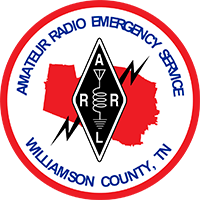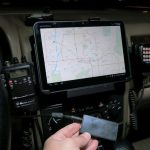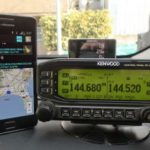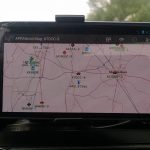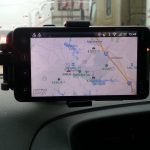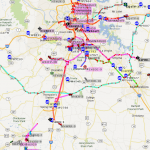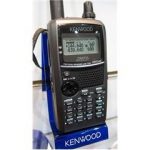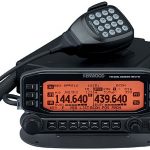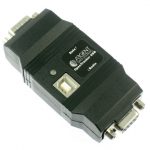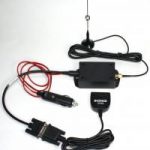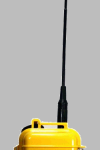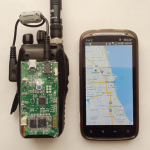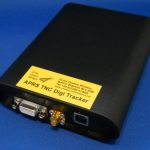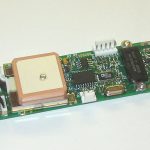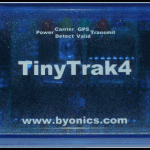For the July 18, 2015 WCARES Chew and Chat, I put together several how-tos involving APRS. If you missed them, I’ve got them all listed below:
Receive APRS Messages for Unread Winlink Messages
If you use Winlink, this is a killer application of APRS. If you’re like me, you check in with Winlink once a week. Imagine driving in your car and your APRS rig alerted you mid week to the fact that you have unread Winlink messages waiting on you. As some of you know, you can send a message to WLNK-1 to find this out and even read those messages. However, this method requires no user interaction after the initial setup and will check your box every day you’re on APRS.
Send a Winlink Message through APRS
This brief video shows licensed amateur radio operators how to send Winlink messages through APRS. While this functionality is being demonstrated on a Yaesu FTM-400DR, any APRS rig capable of sending messages can perform this task.
I’ve clipped the periods between acknowledgements for time. Acknowledgements can vary from a few seconds to several minutes based on numerous factors. Your distance to the nearest RX/TX IGate is number one followed by network congestion.
Emails and Texts through APRS
This PowerPoint presentation covers just about all the ways you can send or receive emails or cell phone network texts through APRS.
Managing Winlink Via APRS
In my first two videos, you learned how to interact with Winlink through APRS. This PowerPoint presentation teaches you the rest of the functions available through APRSLink, the bridge between Winlink and APRS. While this was originally a PowerPoint, I converted it to a video in order to host it on YouTube. Size limitations on this site prevent me from uploading the original slides. Be prepared to hit pause if the slides advance too quickly.
Budget APRS Mapping Solution and Portable Battery Box
This is one of several “homemade” APRS rigs that I cobbled together over the last year. Since filming this several months back, I’ve moved on to an integrated rig for mobile APRS use (the Yaesu FTM-400DR), but I still use this battery box setup as part of an APRS base station for field work. In its current configuration, the smartphone has been swapped out for an inexpensive Windows 8.1 tablet (a Micro Center Winbook) running APRSISCE/32. With this full featured APRS client, I’m able to establish beacons for objects or events reported on the voice nets, assign tactical calls to objects (SAG 1, etc), Digipeat, and IGate as necessary. I will likely do a video on this newer setup down the line.
This page was created July 17, 2015. If you have any questions, I can be reached at my callsign @arrl.net.
If you like the videos and want to see more like them in the future, hit the like button on YouTube and leave your feedback in their comments section.
Dallas Clements
K7DCC
